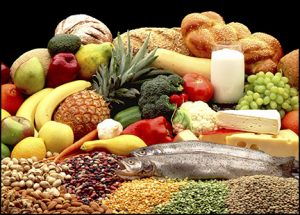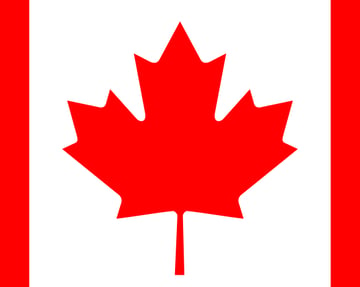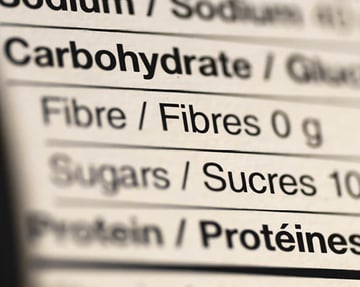 A simple Internet search for a nutrition database will yield thousands of returns. So, how do you choose which one is right for you?
A simple Internet search for a nutrition database will yield thousands of returns. So, how do you choose which one is right for you?
We have some ideas.
1. Avoid Crowd-sourced Data
This may seem obvious, however some start-ups are out there creating massive databases built on information sent in from consumers – via pictures of food or scanned labels, for example. Often there is little to no oversight or data checking when information is amassed this way, leading to inaccurate data or duplicate items.
In addition, the collection of crowd-sourced data typically relies on bar scanning technology, which works great for grocery store items, but excludes items without bar codes, like fresh produce or restaurant items.
Instead, look for databases compiled from reputable sources.
2. Variety of Foods From Reputable Sources
A high-quality nutrition database will have a wide variety of food and nutrition information compiled from a number of different sources, such as the latest USDA Standard Reference database, manufacturers’ data, restaurant data, data from literature sources, and others.
Look for companies that openly disclose where their nutrition data comes from and that can explain how they verify the information’s accuracy.
3. Focus on Quality Over Quantity
If the database has old or outdated foods, that helps no one. Make sure the database is updated regularly and that foods that are no longer on the market get removed from the database.
It’s important to know the health of your database. How often is the data updated with new foods, old foods removed, nutrients added, and quality checks? Can you call the company and speak with the research team that developed the database? Who’s managing the database, a Registered Dietitian and experienced team or an open source honor system?
When comparing numbers, make sure the databases you are evaluating are not artificially increasing their numbers by counting different serving sizes (such as 12 fl oz, 64 fl oz) as separate foods. Databases that consolidate item serving sizes offer a valuable service that could be overlooked when considering numbers alone.
4. Extensive Nutrient Profile
Nutrient information for Calories, Fat, Carbohydrates, and Protein might be enough for the layman, but professionals need a database that includes all of the vitamins and minerals, including units of measure appropriate for what you’re trying to accomplish — IU vs. RAE for Vitamin A is a good example.
On top of that, the most useful databases will include breakdowns for fat and protein, and other suitable factors such as diabetic exchanges.
5. Company Reputation
Assuming you have found a database from more than one company that fits the criteria above, you have one more thing to consider: that company’s reputation.
Ask around. Ask your peers whom they would recommend. Research how long the company has been in business. Check the BBB. And, call the company directly. Reputable companies will be happy to talk to you about their data compiling process.
Armed with these pointers, you should be able to find a food and ingredient database that suits your needs.
Other posts you might be interested in
View All Posts
Food Labeling
3 min read
| February 23, 2017
Health Canada’s Nutrition Facts Table Nutrient Changes Part 1
Read More
Food Labeling
3 min read
| April 9, 2019
Considerations for Implementing the FDA’s Restaurant Menu Labeling Laws
Read More
Product Formulation
4 min read
| July 26, 2021

